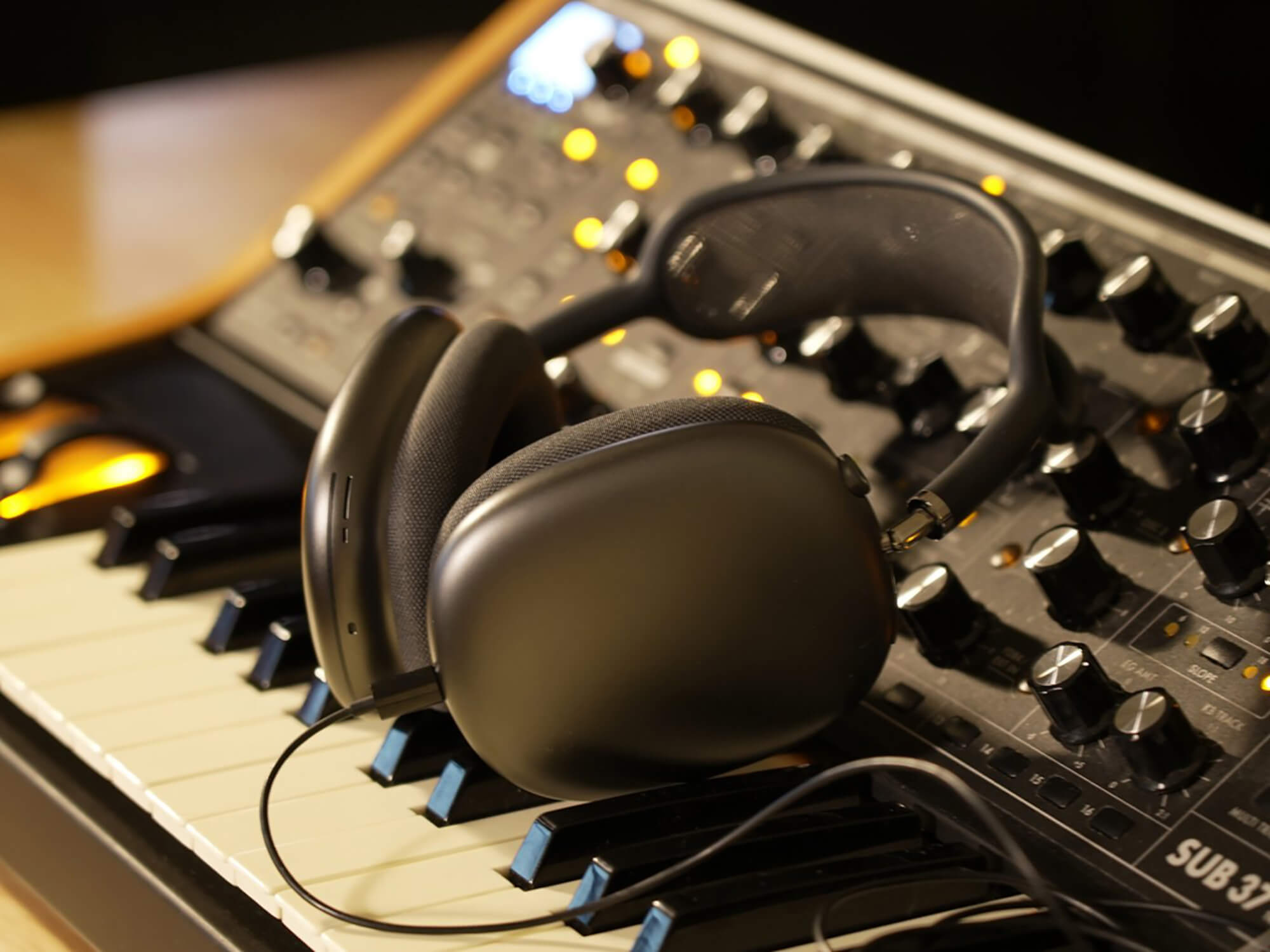Apple is planning to upgrade its iPad Mini with a shiny new OLED display, and Samsung is the one making it. According to reports, this change will happen in 2026. The current iPad Mini uses an LCD screen, but OLED will bring better colors and deeper blacks, making everything look sharper and more alive.
Samsung, a big name in screen technology, will supply these advanced displays. They’re already known for providing OLED screens for other gadgets, like iPhones. This switch to OLED for the iPad Mini shows Apple wants to keep improving its smaller tablet, giving users a top-notch viewing experience.
The iPad Mini hasn’t had a big update in a while, so this news is exciting for fans. A better screen could make it perfect for watching videos, reading, or playing games. While 2026 is still a bit far off, it’s clear Apple is working hard to make its devices even better. For now, we’ll have to wait and see how this upgrade turns out, but it’s something to look forward to!



